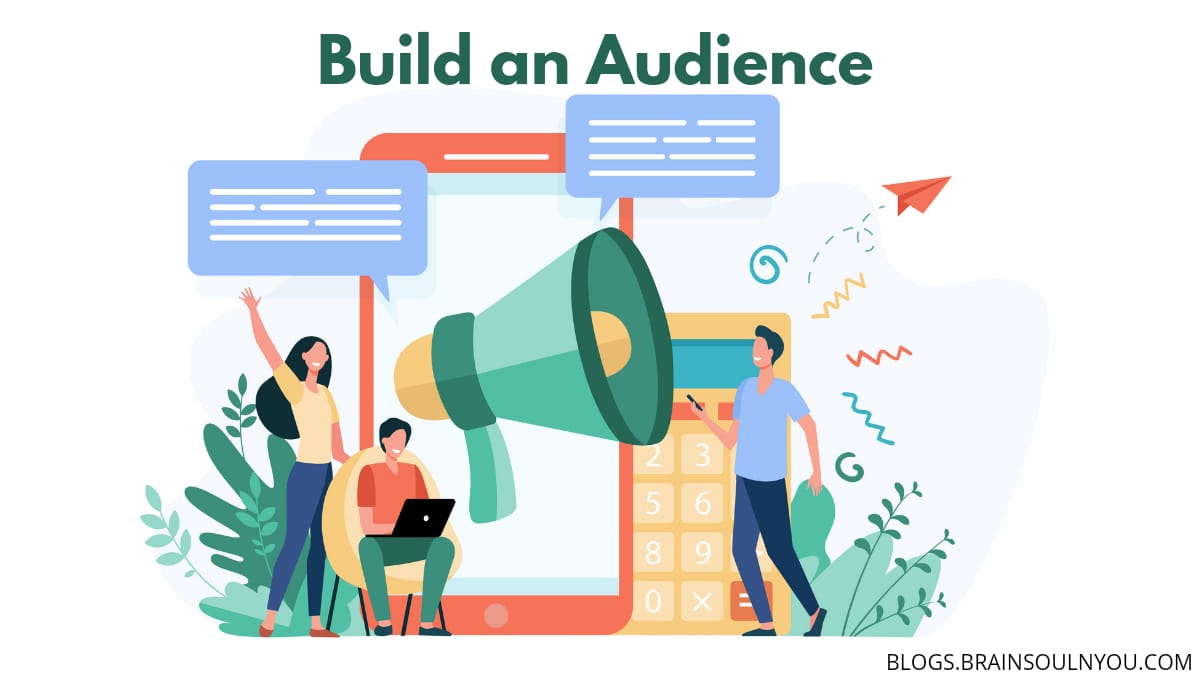All companies have customers. The lucky companies have fans. But the most fortunate companies have audiences. Some strategies to Build an audience for a Successful business can be your secret weapon.
Many businesses continue to invest significant amounts of money to reach their target audience. Every time they have a message to convey, they tap into their budgets, extract a substantial sum of money, and run advertisements. However, this approach proves to be both costly and uncertain. As the saying goes, they end up wasting half of their advertising budget without knowing which half.
Modern-day savvy companies have learned valuable lessons. Rather than tirelessly seeking out people, their focus lies on attracting individuals to their brand. Cultivating an audience that willingly seeks out your message creates the most receptive group of customers and potential customers you could ever have.
Why is Audience Building for Business Important?
Audience building is crucial for business success for several reasons:
- Customer Base: Building an audience allows you to establish a loyal customer base. These are the people who are genuinely interested in your products or services, and they are more likely to engage with your brand, make purchases, and become repeat customers.
- Brand Awareness: By building an audience, you increase brand visibility and awareness. When you consistently engage with your audience through various channels, you create opportunities for them to become familiar with your brand and what you offer. This can lead to increased recognition and word-of-mouth referrals.
- Trust and Credibility: When you consistently provide value to your audience through informative and helpful content, you build trust and credibility. People are more likely to choose brands they trust and view as industry experts.
- Engagement and Feedback: Building an audience enables you to actively engage with your customers and receive valuable feedback. By listening to your audience’s needs, preferences, and concerns, you can make informed decisions and improve your products, services, and customer experience.
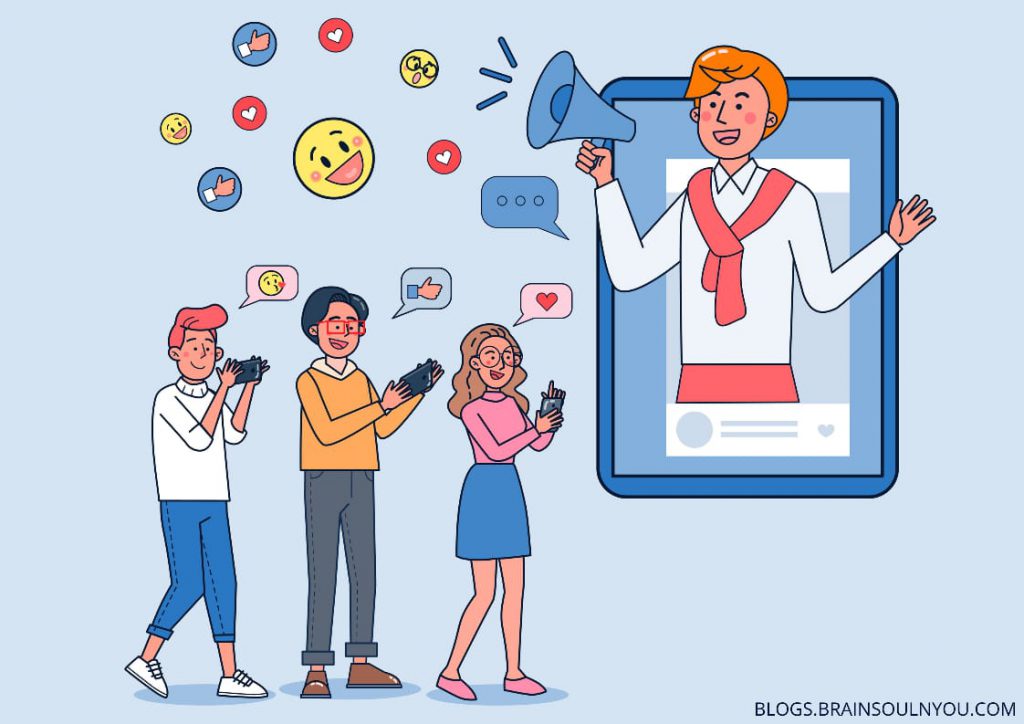
- Targeted Marketing: Knowing your audience allows you to tailor your marketing efforts effectively. With a well-defined audience, you can create targeted campaigns that resonate with their specific interests and needs, increasing the likelihood of conversions and sales.
- Business Growth: As your audience grows, so does your potential customer base. Additionally, a larger audience provides opportunities for partnerships, collaborations, and expansion into new markets.
- Customer Advocacy: A strong audience base can become advocates for your brand. Satisfied customers who have had positive experiences with your business are more likely to recommend your products or services to others, contributing to organic growth and brand reputation.
- Adaptability and Innovation: Building an audience allows you to stay connected with the evolving needs and trends in your industry. By understanding your audience’s preferences and staying engaged with their feedback, you can adapt your offerings and innovate to meet their changing demands.
In summary, audience building is essential for business growth, brand awareness, customer loyalty, and effective marketing. It allows you to establish a dedicated customer base, gain trust, engage with your audience, and adapt to their needs, ultimately leading to the success and sustainability of your business.
Suppose you have built an audience of 1 lakh people. Who comes to listen to you daily, or visit your blog. If they like what you have to say, they will probably also like what we have to sell. The biggest example in front of you is Google. Google created a huge database of an audience by which he is earning.
There are so many big examples in front of you like Twitter, Facebook, Instagram, WhatsApp, Pinterest, Linked In, etc. You do them for free but still, these companies earn billions. The reason for this is their audience. After building the audience, people themselves come to them, they need to go to someone.
When you successfully build an audience, you no longer need to purchase people’s attention; they willingly offer it to you. This presents a significant advantage. By establishing an audience, you create a system that actively works in your favor.
How to Build an Audience for Successful Business?
Building an audience is crucial for the success of any business or brand. Building an audience takes time and effort, but here are some strategies to help you get started:
1. Define Your Target Audience
To build an audience and effectively reach the right people, it’s important to clearly identify your ideal audience. Gain a deep understanding of their demographics, interests, behaviors, and pain points. By doing so, you can tailor your efforts to engage with and connect to the individuals who are most likely to resonate with your message and offerings.
2. Create High-Quality Content
Develop valuable and engaging content that aligns with your audience’s interests and needs. This can include blog posts, videos, podcasts, social media updates, or any other form of content that resonates with your target audience. Focus on providing information, solving problems, or entertaining your audience.
To build an audience, communicate through various channels such as speaking engagements, writing, blogging, tweeting, or creating videos. Share valuable information consistently, and over time, you will steadily develop a devoted audience. When the time comes to spread your message, you’ll find that the right people are already attentive and receptive.
Blogs are the way to reach out to more audiences and the right audiences. Write good content regarding your company profile and products and use some marketing tactics to build more audiences. People search for anything on Google. If something will available about your company’s products in the form of blogs it will be easy for an audience to reach you. Take some guidance and start writing blogs.
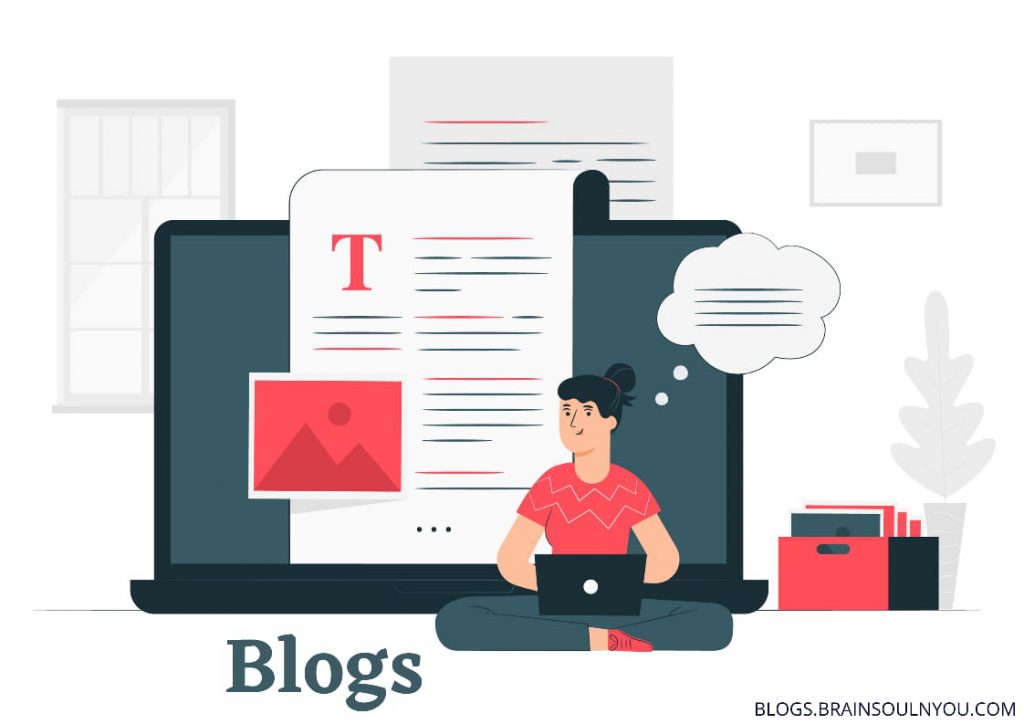
A podcast is a new way to build an audience. In this modern world, people do have not much time. They prefer to listen to podcasts while driving or doing any other activity so that they can utilize their time. Make podcasts and share them with people to build your audience.
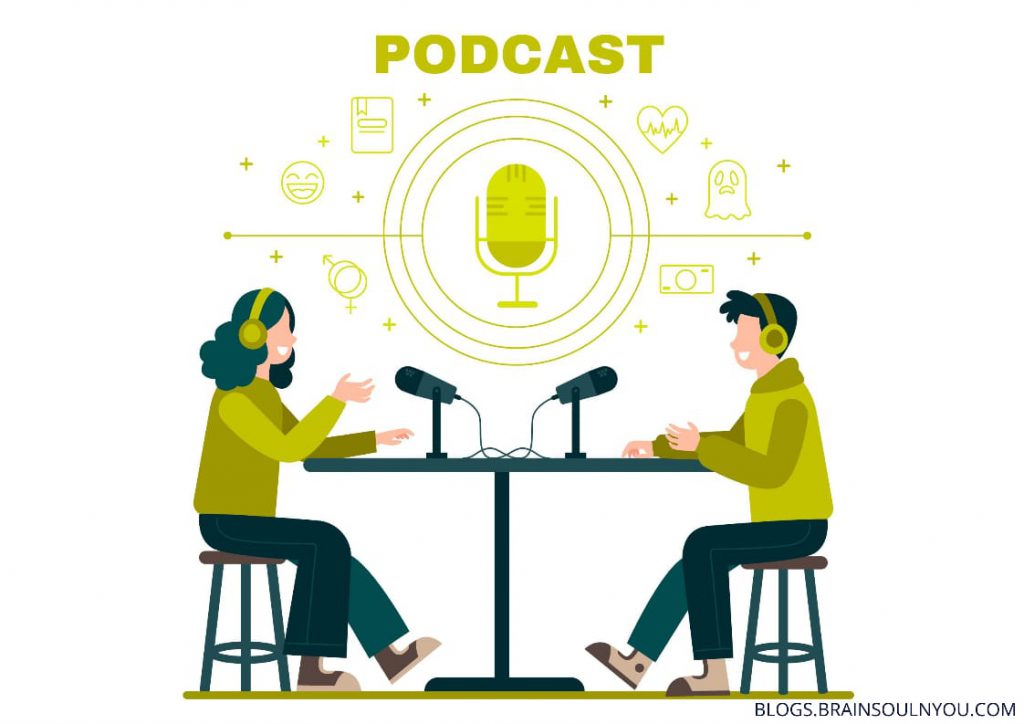
Videos are the best way to information about your product. You can attract more audience by making videos.

Today is the time of the internet. And the number of people on the Internet may be somewhere else. That’s why the Internet is the best way to grow your audience.
3. Utilize Social Media
Utilize social media platforms where your target audience actively participates to maximize your reach and engagement. Establish a consistent presence, share your content, engage with your followers, and participate in relevant discussions. Utilize platforms like Facebook, Instagram, Twitter, LinkedIn, YouTube, or niche-specific platforms to reach and connect with your audience.
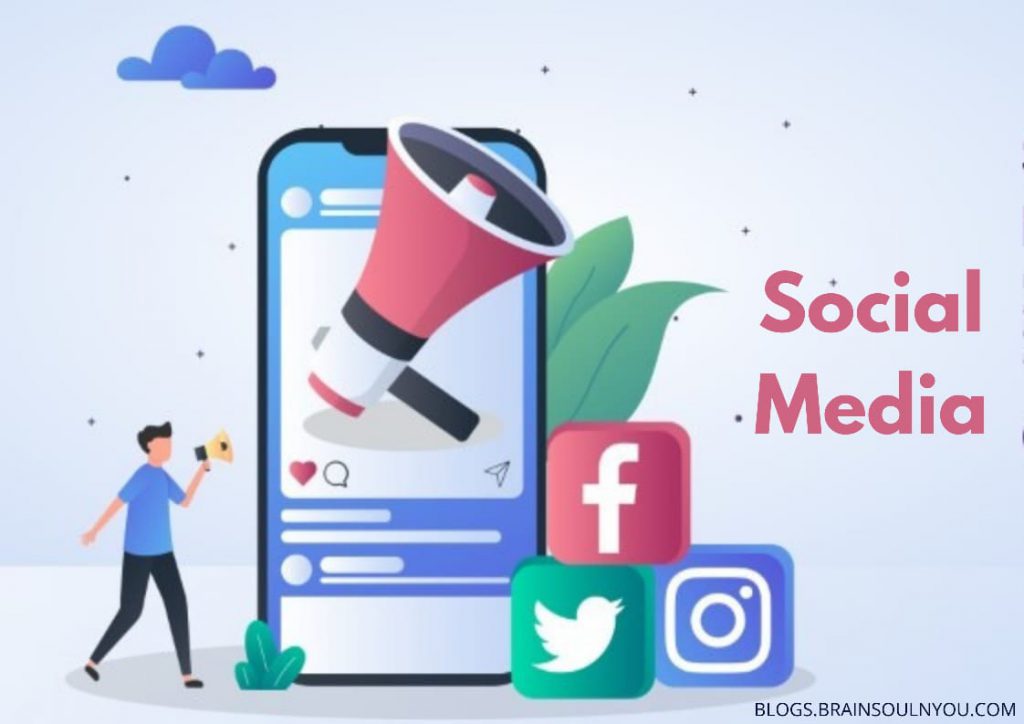
Most people engage their time on social media. People watch their Facebook, Instagram, Twitter, Pinterest, and many more platforms more than any other media. It is the best way to spread your views and your product’s information through social media. Build a community of people and spread more information as you want.
4. Optimize for Search Engines
Ensure your website and content is search engine optimized. Conduct keyword research, create meta tags, and produce high-quality, informative content that aligns with your audience’s search intent. This will help improve your visibility and attract organic traffic.
5. Engage with Your Audience
Maintain an active engagement with your audience by promptly addressing their comments, messages, and inquiries. Foster two-way communication, ask questions, conduct polls or surveys, and encourage user-generated content. Building relationships with your audience creates loyalty and a sense of community around your brand.
6. Collaborate with Influencers and Partners
Identify influencers or complementary businesses in your industry that have an existing audience aligned with your target market. Collaborate with them through guest posts, interviews, joint promotions, or partnerships. This can help expose your brand to a new audience and build credibility.
7. Offer Incentives and Exclusive Content
Provide incentives for your audience to engage with you, such as exclusive discounts, freebies, or access to premium content. This encourages participation and word-of-mouth referrals.
8. Attend Events and Networking Opportunities
Participate in industry events, conferences, or trade shows to connect with potential customers or clients. Networking with like-minded individuals can lead to valuable partnerships and opportunities.
9. Email Marketing
Implement an email marketing strategy to nurture and engage with your audience. Offer a valuable lead magnet (e.g., an ebook, or a webinar) in exchange for their email addresses. Regularly send newsletters, updates, or exclusive offers to maintain their interest.
10. Analyze and Refine
Continuously monitor and analyze your audience’s engagement, preferences, and feedback. Use analytics tools to track website traffic, social media metrics, and email campaign performance. Adjust your strategies based on the insights you gather to optimize your audience-building efforts.
Building an audience is an ongoing process. Stay consistent, provide value, engage with your audience, and adapt your strategies as needed. Over time, you will grow a loyal following that can contribute to the success of your business.
Read more blogs on 21 Startup Terms You Need to Know, 21 Mind Traps
Love,
Saurabh Goel
Saurabh Goel
He is the Founder and CEO of the Training and Counselling Company ‘Brain Soul & You’. He is an NLP Wellness Coach, Life Coach, Brain analyst, and Trainer for Education, Corporate, and Entrepreneurship. For more than 7 years, he delivered presentations on entrepreneurship, mind programming, and motivation. He did his B.tech in IT and later choose to be a successful psychologist. He is helping people in various ways through his counseling and training sessions.

